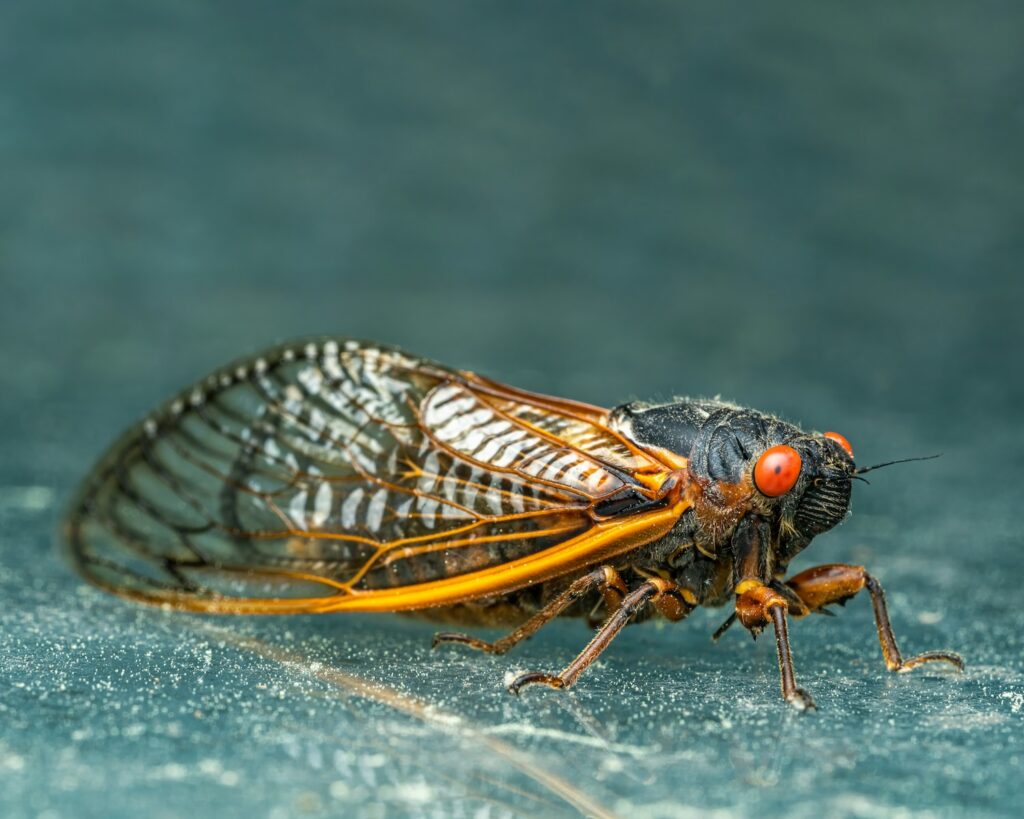When we observe the towering ostrich strutting across African savannas or watch an emu loping through the Australian outback, we’re witnessing living relics of Earth’s ancient past. These remarkable birds represent an evolutionary lineage connecting us directly to the dinosaur era. Standing as the largest and second-largest living birds respectively, ostriches and emus belong to the ratite family—flightless birds characterized by flat breastbones and powerful legs adapted for running rather than flying. Their imposing presence, prehistoric features, and fascinating adaptations offer us a window into the distant past while presenting remarkable examples of convergent evolution across separate continents. These avian giants have not only survived multiple extinction events but have thrived in harsh environments through millions of years of evolutionary refinement.
Evolutionary Heritage: Descendants of the Dinosaurs
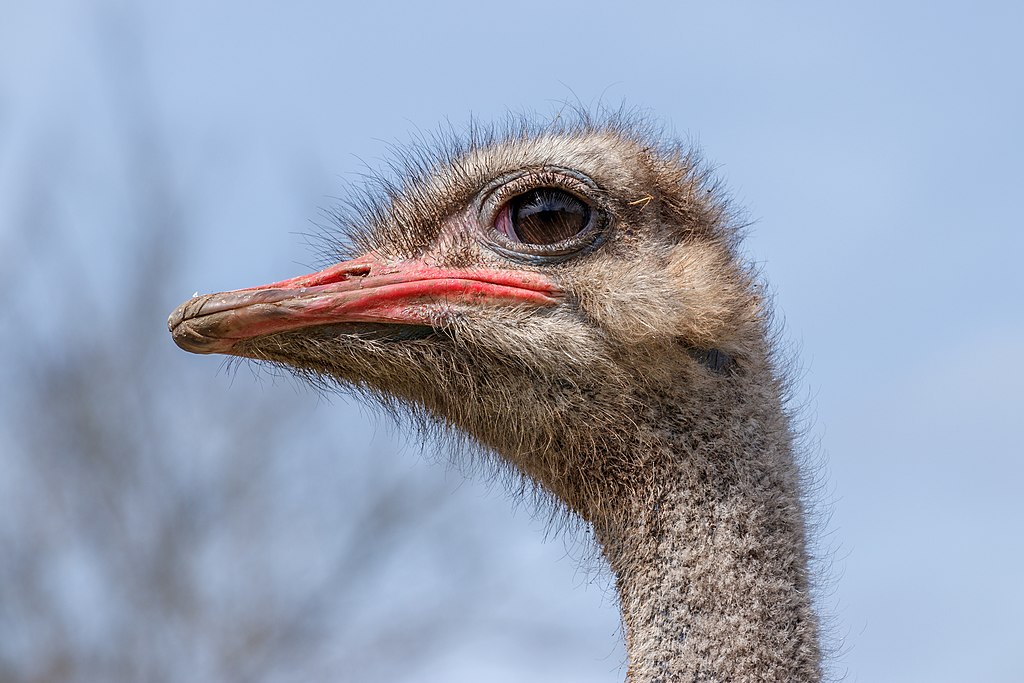
Ostriches and emus stand as living testaments to the evolutionary bridge between dinosaurs and modern birds. These ratites (flightless birds) diverged from their flying relatives approximately 80-100 million years ago during the Cretaceous period, when dinosaurs still dominated the landscape. DNA analysis confirms their ancient lineage, with some researchers suggesting ratites represent one of the earliest branches of modern bird evolution. Their primitive features—including their flat, unkeeled sternums that cannot support flight muscles—reflect physiological characteristics more commonly associated with their dinosaur ancestors than contemporary avian species. Perhaps most telling is their retention of primitive digestive systems that rely on gastroliths (stomach stones) to grind food, a trait shared with many dinosaur species. This evolutionary conservation makes them living laboratories for understanding the transition from dinosaur to bird.
Continental Drift and Convergent Evolution
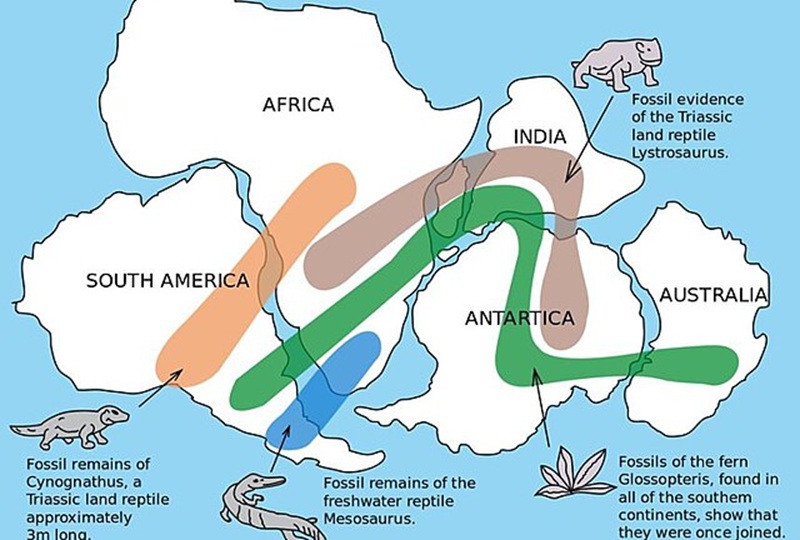
The global distribution of ratites provides compelling evidence supporting the theory of continental drift. Scientists believe the common ancestor of all ratites originated on the supercontinent Gondwana before it fragmented into today’s southern continents. As landmasses separated over millions of years, ratite populations became isolated, evolving into distinct species adapted to their new environments—ostriches in Africa, emus in Australia, rheas in South America, and the now-extinct moas and elephant birds in New Zealand and Madagascar respectively. Despite evolving in isolation for millions of years, these birds developed remarkably similar adaptations in response to comparable ecological pressures. Both ostriches and emus evolved powerful legs, reduced wings, and similar feeding strategies despite being separated by vast oceans, demonstrating one of biology’s most impressive examples of convergent evolution. Their parallel development across different continents reveals how similar environmental conditions can produce comparable evolutionary outcomes.
The African Giant: Ostrich Physical Characteristics
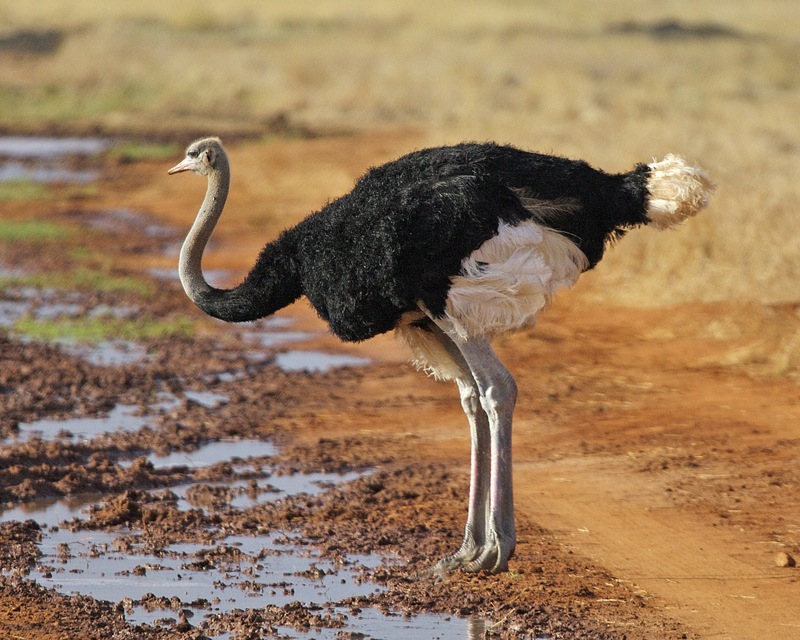
The ostrich stands unchallenged as the world’s largest living bird, with males reaching impressive heights of up to 9 feet (2.7 meters) and weighing as much as 330 pounds (150 kilograms). Their distinctive silhouette features a small head perched atop a long, sinuous neck that provides exceptional visibility across open savannas. Ostriches possess the largest eyes of any land vertebrate, measuring nearly 2 inches (5 cm) in diameter—larger than their brains—enabling them to detect predators at extreme distances. Their wings, while vestigial for flight, serve important functions in courtship displays, balance during high-speed running, and temperature regulation. Perhaps most remarkable are their powerful legs, each culminating in just two toes (unlike most birds’ four), with one toe bearing a formidable 4-inch claw capable of delivering potentially lethal kicks to predators. Their distinctive black-and-white plumage in males (grayish-brown in females) serves as camouflage in their savanna habitats and plays a crucial role in courtship displays.
Australia’s Icon: Emu Physical Characteristics

The emu stands as Australia’s largest native bird and the second-largest bird species globally, with adults typically reaching heights of 5-6 feet (1.5-1.9 meters) and weighing between 80-130 pounds (36-59 kilograms). Unlike the ostrich’s distinctive coloration, emus display shaggy, brownish-gray feathers that provide excellent camouflage in their varied Australian habitats. Their powerful legs, each featuring three forward-facing toes equipped with sharp claws, enable these birds to sprint at speeds exceeding 30 miles per hour (48 km/h) and deliver powerful defensive kicks when threatened. Emus possess specialized air sacs throughout their respiratory system that aid in cooling during hot Australian summers, allowing them to thrive in environments that would quickly overheat other large animals. Their small wings, measuring only about 8 inches (20 cm) long, have evolved into stabilizers that help them maintain balance while running at high speeds. Perhaps most distinctive is the emu’s throat pouch, which functions as a resonating chamber to produce the bird’s characteristic booming calls that can travel impressive distances across the outback.
Speed Demons: Locomotion Adaptations
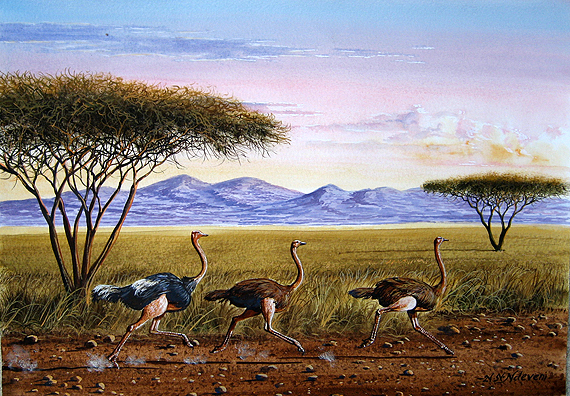
Both ostriches and emus have evolved extraordinary locomotive abilities that reflect their dinosaur heritage while showcasing remarkable adaptations to their predator-rich environments. Ostriches claim the title of fastest bipeds on Earth, capable of sustained running speeds of 45 mph (72 km/h) and brief bursts approaching 60 mph (97 km/h)—velocity that would leave Olympic sprinters literally in the dust. Their extraordinary speed stems from specialized leg anatomy featuring elongated, spring-like tendons that store and release energy with each stride, effectively functioning as biological pogo sticks. Emus, while slightly slower with top speeds around 30-35 mph (48-56 km/h), compensate with exceptional endurance and maneuverability, capable of changing direction at full speed with remarkable agility. Both species employ a distinctive running gait unlike any other bird, taking enormous strides of up to 16 feet (4.9 meters) for ostriches and 9 feet (2.7 meters) for emus. This efficient locomotion enables both species to cover vast territories daily while minimizing energy expenditure—an adaptation particularly valuable in their typically arid habitats where resources may be widely scattered.
Reproductive Strategies and Parental Investment
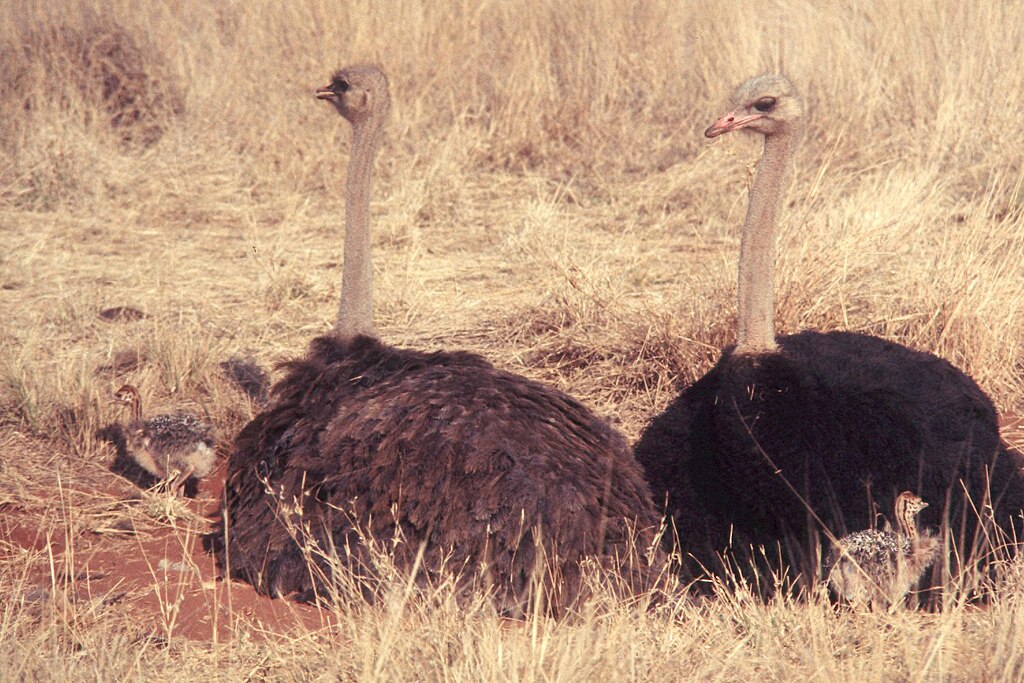
The reproductive strategies of ostriches and emus reveal fascinating contrasts despite their evolutionary relationship. Ostriches practice communal nesting, where a dominant female lays her eggs in a central nest, with subordinate females contributing additional eggs—resulting in clutches containing up to 60 eggs from multiple females. This communal approach represents a hedge-betting strategy in unpredictable environments, with the dominant pair (particularly the male) primarily incubating the central eggs while peripheral eggs receive less attention. Emus, conversely, employ a remarkable role-reversal system where males assume nearly all parental responsibilities. After mating with multiple females who each lay approximately 20 dark green eggs, the male emu undertakes the entire 8-week incubation period, during which he barely eats or drinks, potentially losing up to one-third of his body weight. This intense paternal investment continues after hatching, with male emus defending and guiding their striped chicks for up to 18 months. Both species’ eggs are massive—ostrich eggs weigh 3-5 pounds (1.4-2.3 kg) while emu eggs average about 1.5 pounds (0.7 kg)—representing the largest and second-largest bird eggs in the modern world.
Dietary Adaptations for Harsh Environments
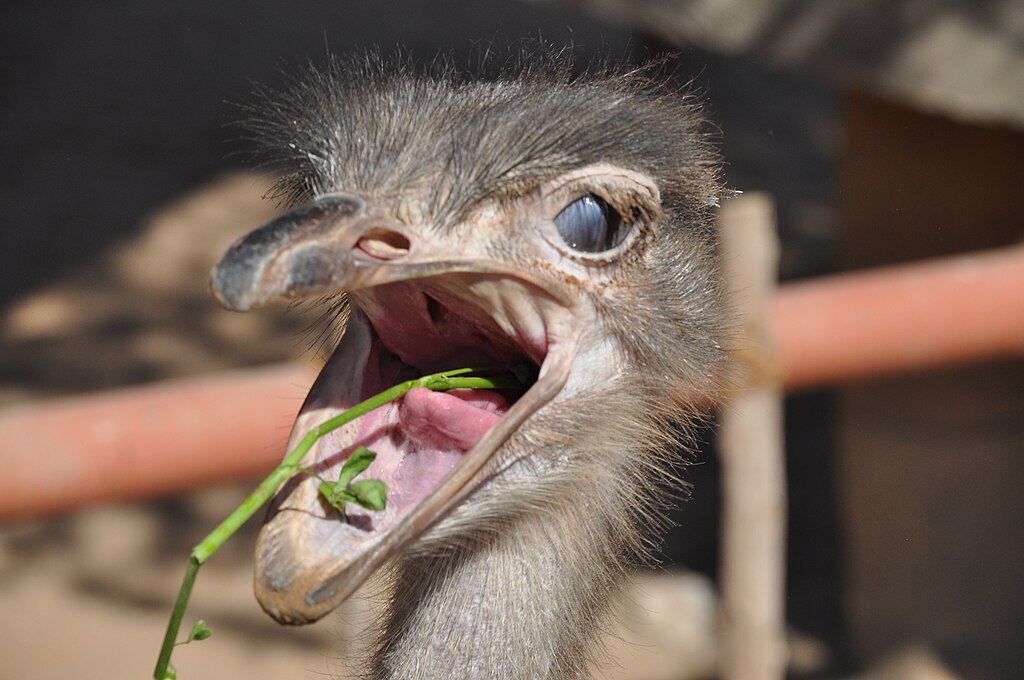
Both ostriches and emus have evolved remarkably versatile digestive systems that enable them to survive in harsh, resource-limited environments where other large animals would struggle. Ostriches are primarily herbivores with opportunistic omnivorous tendencies, consuming vegetation ranging from grasses and shrubs to seeds and fruits, occasionally supplementing their diet with insects, small vertebrates, and even carrion when plant material is scarce. Their exceptional digestive efficiency stems from a multi-chambered stomach and intestines stretching over 45 feet (14 meters), allowing them to extract maximum nutrition from fibrous plant material. Emus display even greater dietary flexibility, readily consuming fruits, seeds, native plants, insects, small animals, and even animal droppings when necessary. Both species regularly ingest small stones (gastroliths) that lodge in their gizzards, functioning as grinding mechanisms to mechanically break down tough food—a digestive adaptation inherited directly from their dinosaur ancestors. Perhaps most remarkably, both birds can survive extended periods without drinking water, deriving much of their hydration from food sources and possessing specialized kidney structures that minimize water loss through excretion—critical adaptations for their often arid habitats.
Social Structures and Communication
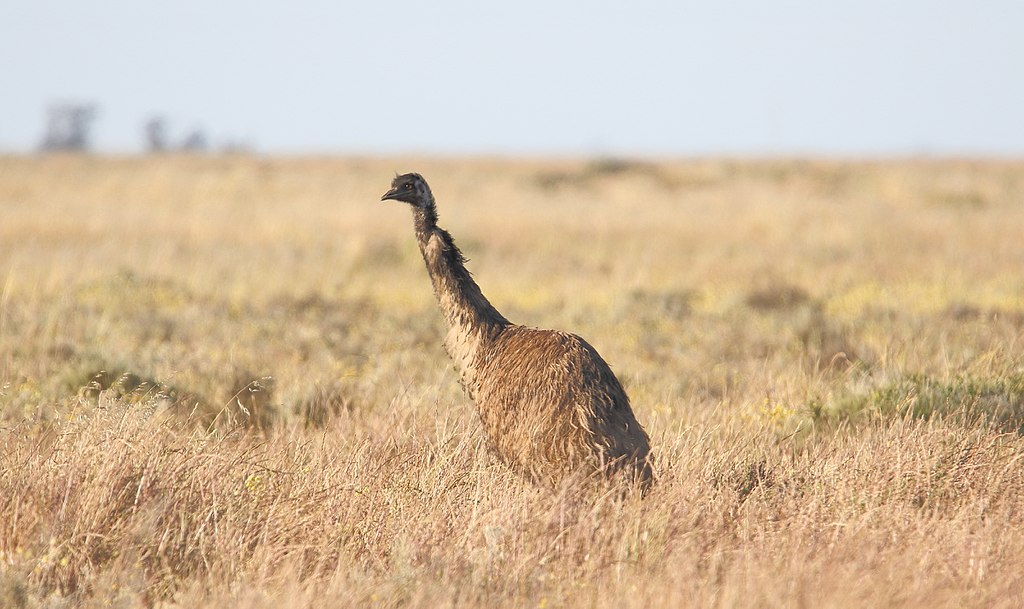
The social behaviors of ostriches and emus reflect their divergent evolutionary paths despite their common ancestry. Ostriches typically form small, nomadic flocks of 5-50 individuals during non-breeding seasons, with complex hierarchical structures led by a dominant male and female. During breeding season, these flocks fragment into territorial breeding units consisting of a dominant male, a primary female, and several secondary females—a system that blends monogamy and polygyny. Their communication involves an impressive repertoire of hisses, booms, cackles, and territorial displays, with males producing distinctive booming calls that can travel vast distances across open savannas. Emus, by contrast, are generally more solitary outside breeding season, forming temporary, loose associations rather than structured flocks. Their communication system centers around distinctive drumming vocalizations produced by females and remarkable guttural booming calls from males, created using specialized throat pouches that function as resonance chambers. Both species employ sophisticated visual displays involving wing-spreading, neck posturing, and ritualized movements that serve purposes ranging from territorial defense to courtship. Despite their reputation for limited intelligence, both birds display complex social recognition, with the ability to remember individual relationships and territorial boundaries over extended periods.
Defensive Adaptations Against Predators
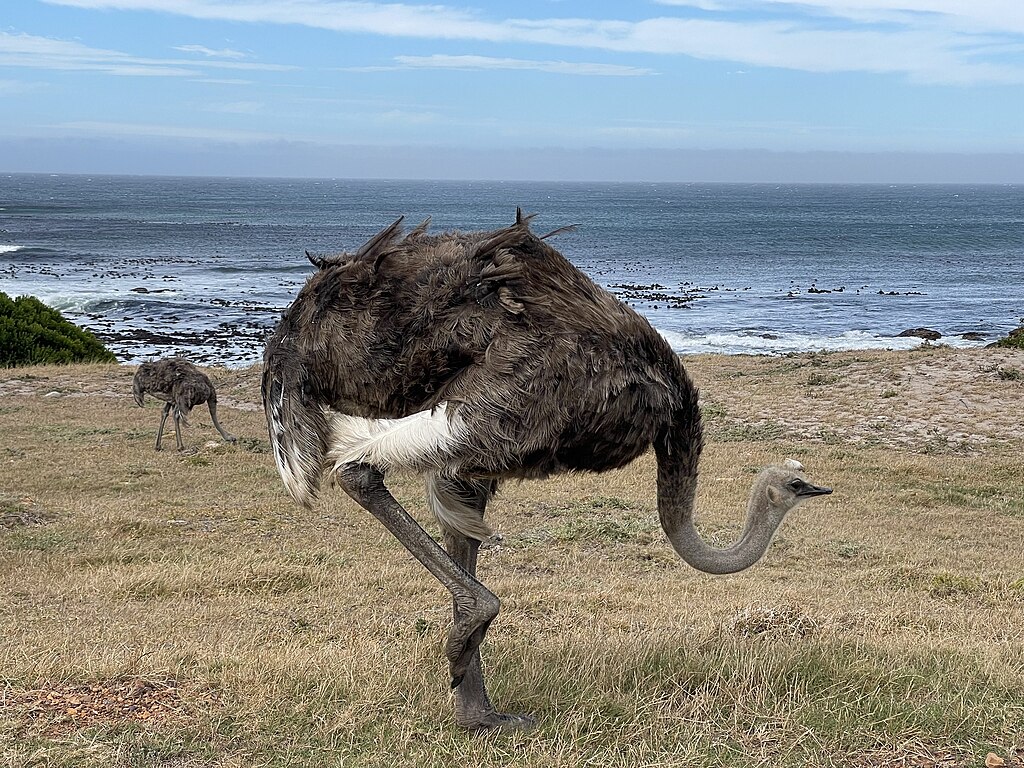
Despite their impressive size, both ostriches and emus face significant predation pressure, particularly for their eggs and young, necessitating sophisticated defensive adaptations. Contrary to popular myth, ostriches do not bury their heads in sand when threatened—a misconception likely stemming from observations of their feeding behavior or distant viewing of nesting birds. Instead, both species rely primarily on vigilance and speed as their first line of defense, with their elevated perspective and exceptional vision allowing early predator detection while their remarkable running abilities typically enable successful escapes. When cornered, both birds transform into formidable combatants, delivering powerful forward kicks capable of disemboweling large predators including lions and dingoes. An ostrich kick can deliver approximately 2,000 pounds per square inch of force—enough to kill a human instantly—while the sharp central claw of an emu can inflict devastating lacerations. Both species also employ sophisticated distraction displays to protect their young, with adults feigning injuries to draw predators away from vulnerable chicks. Perhaps most ingeniously, breeding ostriches rotate egg incubation duties so one partner always maintains vigilance, while female emus have evolved to lay eggs with remarkably camouflaged coloration that blends perfectly with their environment—dark green for emus and sandy-colored for ostriches.
Ecological Roles and Environmental Impact
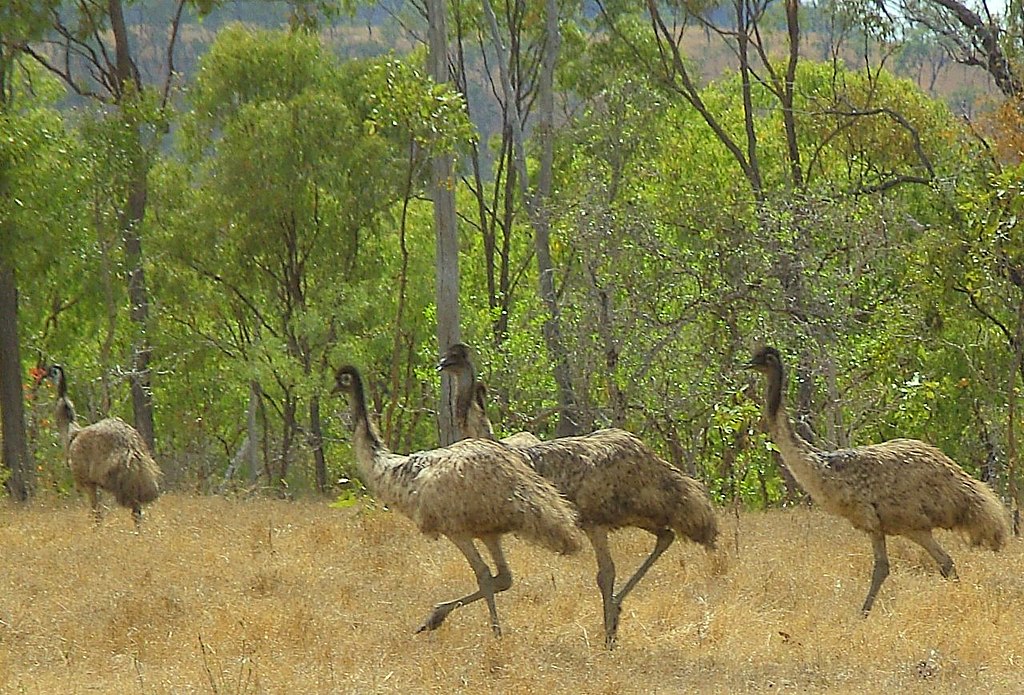
As keystone species within their respective ecosystems, ostriches and emus fulfill vital ecological functions that shape and maintain the health of their environments. Through their extensive daily movements—sometimes covering territories of over 20 square miles (52 square kilometers)—both species serve as important seed dispersers, consuming fruits and excreting viable seeds far from parent plants, thereby increasing plant genetic diversity and distribution. Their selective grazing helps maintain vegetation structure and composition, preventing any single plant species from dominating the landscape and thereby promoting greater biodiversity. The massive nest depressions created by breeding birds become microhabitats for numerous smaller organisms, while abandoned nests are frequently repurposed by other wildlife. Their feeding habits help control insect populations, particularly during periods when locusts or beetles reach potentially destructive numbers. Even in death, these massive birds contribute to ecosystem function, with their remains providing critical nutrient pulses to often nutrient-poor soils and supporting diverse scavenger communities. Research indicates that areas maintaining healthy ratite populations typically display greater plant diversity and more stable predator-prey relationships than comparable regions where these birds have declined.
Human Interaction and Cultural Significance

Throughout human history, ostriches and emus have occupied prominent positions in the cultural, economic, and mythological landscapes of the societies sharing their ranges. For thousands of years, indigenous Australians incorporated emus into their Dreamtime stories as creation beings, while their fat was highly valued for medicinal purposes and ceremonial body painting. Similarly, African peoples traditionally used ostrich eggshells as water containers capable of holding up to two liters of liquid—perfect for desert journeys—and crafted the shells into beads for currency and ceremonial decoration, with archaeological evidence of this practice dating back over 40,000 years. Both birds feature prominently in ancient rock art spanning multiple continents, attesting to their cultural significance. In modern times, commercial farming of both species has developed into significant industries, with ostrich farming dating back to the 1860s in South Africa and expanding globally to produce specialty leather, decorative feathers, and lean meat. Emu oil, derived from the bird’s fat, has gained popularity in cosmetic and therapeutic applications, though scientific evidence for many claimed benefits remains limited. Today, both birds have become national symbols—the emu appearing on Australia’s coat of arms while the ostrich features prominently in South African tourism and cultural identity.
Conservation Challenges and Future Prospects
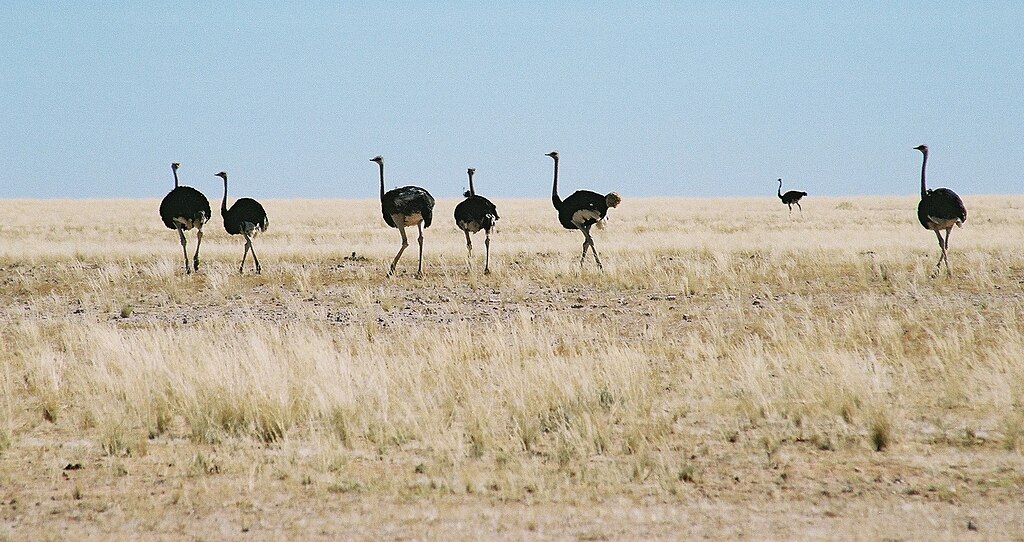
Though neither ostriches nor emus currently face immediate extinction risk, both species confront escalating threats that could jeopardize their long-term survival. Habitat loss presents the most significant challenge, with agricultural expansion, urban development, and desertification fragmenting their traditional ranges and disrupting migratory patterns. Climate change introduces additional pressure through increased drought frequency in their arid habitats, altered vegetation patterns, and disrupted breeding cycles. Wild ostrich populations have experienced concerning regional declines, with the North African subspecies now classified as Critically Endangered and extinct across much of its former range. While commercial farming ensures neither species will disappear entirely, genetic diversity within farmed populations remains significantly lower than in wild populations, potentially compromising their adaptive resilience. Conservation efforts for both species now focus on establishing protected corridors between habitat fragments, implementing sustainable farming practices in agricultural areas sharing their range, and developing community-based conservation initiatives that provide economic incentives for local protection. Recent reintroduction programs have shown promise, with several successful ostrich reestablishment projects in areas where they had been extirpated, suggesting that with proper management, these living dinosaur relatives can continue to thrive across their natural ranges.
The Scientific Frontier: Research and Discoveries

Ongoing scientific investigation into ostriches and emus continues to yield fascinating discoveries that enhance our understanding of avian evolution, physiology, and behavior. Recent biomechanical research analyzing ostrich locomotion has revolutionized our understanding of bipedal movement, with engineers developing more efficient prosthetic limbs and robotic systems based on the birds’ remarkably energy-efficient gait. Immunological studies have revealed that ostrich antibodies possess unique properties—including exceptional heat stability and size characteristics—making them valuable tools in developing treatments for human autoimmune disorders and infectious diseases. Advanced imaging technologies applied to emu embryological development have provided new insights into evolutionary developmental biology, helping scientists better understand how genetic changes during evolution translate into morphological adaptations. Both species have contributed substantially to paleontological research, with their anatomical features and behaviors serving as crucial reference points for interpreting fossil evidence and reconstructing dinosaur biology. Perhaps most excitingly, ongoing genomic sequencing projects comparing ratite DNA with that of other birds and reptiles are helping scientists pinpoint exactly when and how specific dinosaur characteristics were modified during the evolution of modern birds. These magnificent creatures continue to serve as living laboratories, connecting us directly to our planet’s prehistoric past while advancing numerous fields of scientific inquiry.
Conclusion: Living Connections to a Prehistoric World

Ostriches and emus stand as remarkable evolutionary success stories—living dinosaur relatives that have navigated the treacherous path of survival across millions of years while most of their relatives vanished into extinction. Their imposing presence, prehistoric features, and remarkable adaptations offer us a tangible connection to Earth’s distant past. Through studying these magnificent birds, we gain insights not only into avian evolution but also into how life adapts to changing environments across evolutionary timescales. Their survival into the present era despite multiple mass extinction events testifies to the remarkable resilience of their evolutionary design. As we work to ensure their continued place in our world’s ecosystems, we


